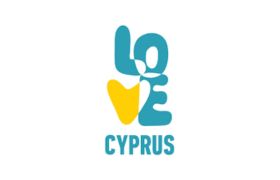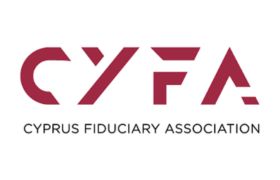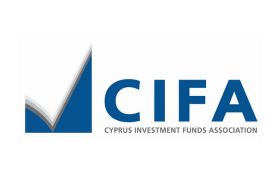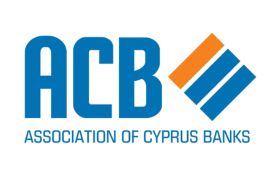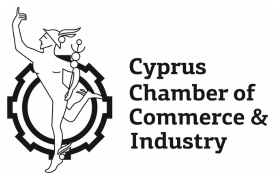The European Design Regulation (EUDR) No. 2024/2822 amending Regulation on Community Designs, has come into force as of 1st of May 2025 (Phase I), whilst provisions for the implementation of the secondary legislation will come into effect as from 1 July 2026 (Phase II).
The European Design Directive (EUDD) No.2024/2823, which came into force on 8th of December 2024, sets a deadline for EU Member States to transpose the EU Design legislation into their national laws by the 9th of December 2027.
Phase 1 of the EUDR concerns the following notable reforms:
- Redefinition of the Community Design Regulation (CDR) to European Union Design Regulation (EUDR) and Community Designs (CDs) to European Union Designs (EUDs).
- Streamlining the fee system so that a single application fee will now cover what were previously separate registration and publication fees. Additionally, the cost for each additional design in a multiple application will now be €125.
- A flat fee system will be introduced for additional designs filed within the same application.
- A new increased renewal Fee is applicable as of the 1st of May 2025 for registered EU designs.
- The definition of the term “design” introduces animation, movement, and transitions, ensuring full protection for animated designs. Therefore, animation, such as movement or transitions of a product’s features can play a role in the overall appearance of a design, especially for designs that aren’t part of a physical object.
Through animation a product becomes more intuitive, more humane, and generally clearer to use. For complex or digital products, animation can simplify how they work, making them easier to understand. This kind of clarity is extremely useful in marketing, especially when promoting innovative or unfamiliar products to a broader audience.
Manufacturers of digital devices can now protect designs which have a unique interface—covering elements like layout, icons, and user interaction under EU design law.
- The definition of the term “product” has been expanded to include digital and non-physical items, such as graphic designs, logos, graphical user interfaces and surface patterns while continuing to cover physical industrial and handicraft items. Therefore, a product’s design features do not need to be visible at all times or in every situation of use in order to qualify for design protection. Hence the legislative framework of the EU design makes it more accessible and efficient for the technology industry to protect its virtual assets.
Developers of cryptocurrencies, non-fungible tokens, gaming tokens and governance tokens can now protect their virtual assets. This ensures better governance of the IP rights developed in these virtual assets.
Game developers of systems of interactions between player and the game “game mechanics” have the opportunity to protect these digital creations.
Designs created by financial institutions’ that incorporate movement or transitions into animated apps displaying fiscal data are now protected and cannot be downloaded, shared and/or reproduced without the authorization of the design creator.
- The creation, downloading, copying and making available of any medium or software including 3D-printing designs which records the design without the designer’s consent will be deemed as design infringement.
- Designers of luxury fashion products can protect their designs against unauthorized creation, sharing, distribution of digital files including 3D printing designs which record these designs before these products are even reproduced. This is especially valuable for industries involved in designing luxury clothing, beauty products, cosmetics, perfumes, furniture, and home accessories, where unique packaging, bottle designs, and decorative shapes play a key role in establishing brand identity. For example, designs of a uniquely shaped luxury perfume bottle, a lipstick case, or a signature piece of furniture can now be protected at the initial stages against downloading, distribution, or copying of the digital files before it leads to counterfeiting or unauthorized reproduction.
- Counterfeiting of brand products in the EU has increased considerably in the last years. Accordingly, with the objective of safeguarding designers, the EU design law reform empowers the holder of an EU design to prevent third parties from bringing products into the Union for commercial purposes, if those products come from third countries and are not authorized for free circulation within the Union. This applies when the design is either identical to or cannot be distinguished in its essential aspects from the design incorporated into or applied to those products, and the right holder has not granted authorization.
- A new design symbol has been introduced, allowing holders to label their products with a “design notice.” This symbol—a ‘D’ inside a circle—shows that the product is protected by design rights. Using this symbol can help prevent infringement and increase the perceived value of the design protection.
- Design protection will no longer cover component parts of complex products if they are used exclusively to restore the original appearance of the product. This exemption applies only to parts intended specifically for repair.
- Transferring design ownership is now easier. Legitimate owners can directly request an ownership change without having to cancel the current design first.
Conclusion
The EU Design Law reform fortifies designers and brand owners, making it easier and more attractive to protect the designs of their virtual assets. Moreover, it empowers designers to take initiative earlier in the design lifecycle to seek protection of their designs, but also enhances legal certainty and increases commercial value—especially in industries where aesthetics and brand identity are key competitive assets.
Authors: Ramona Livera and Demetra Hadjimichalaki





